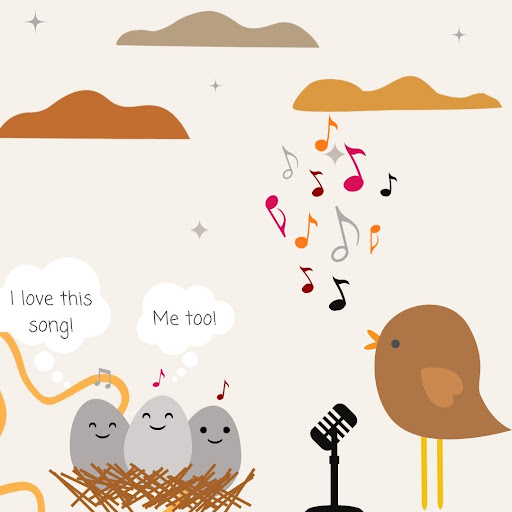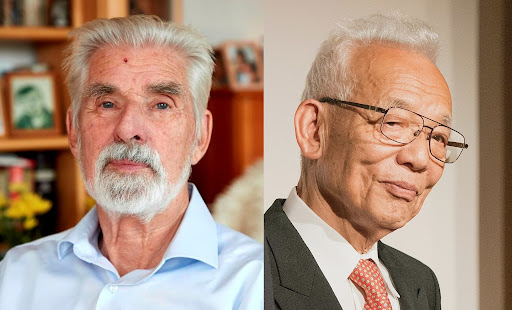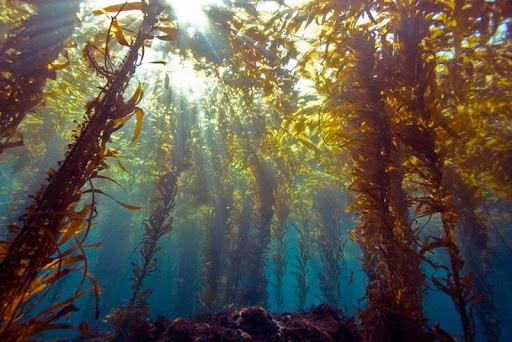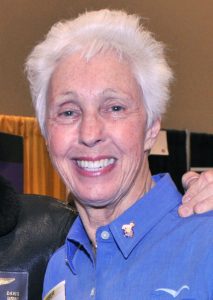Asian American Representation in STEM & Media: Why It Matters
By Rowan Obach, C2ST Intern, Loyola University
Previously, C2ST published an article explaining unconscious bias. This bias can manifest itself in different ways, including in the representation of minorities in media and scientific research. The recent successes of Shang-Chi: Legend of the Ten Rings and Squid Game have shown the commercial and critical viability of Asian or Asian-American led productions, but there is an alternate side to that success. While these incredible shows have brought joy and success to many Asian Americans, only a year ago many Asian Americans were the targets of harassment due to the perceived, albeit unfounded, connections between Asian-Americans and the origin/transmission of the COVID-19.

Continue reading “Asian American Representation in STEM & Media: Why It Matters”



